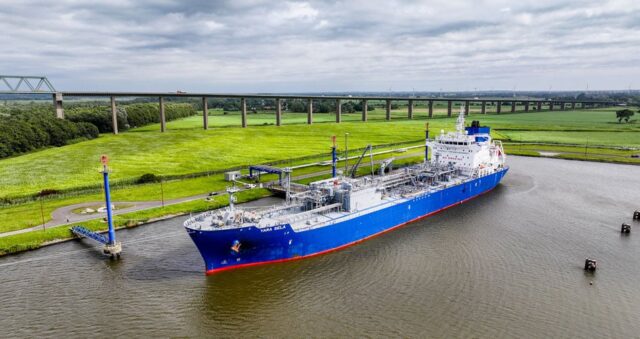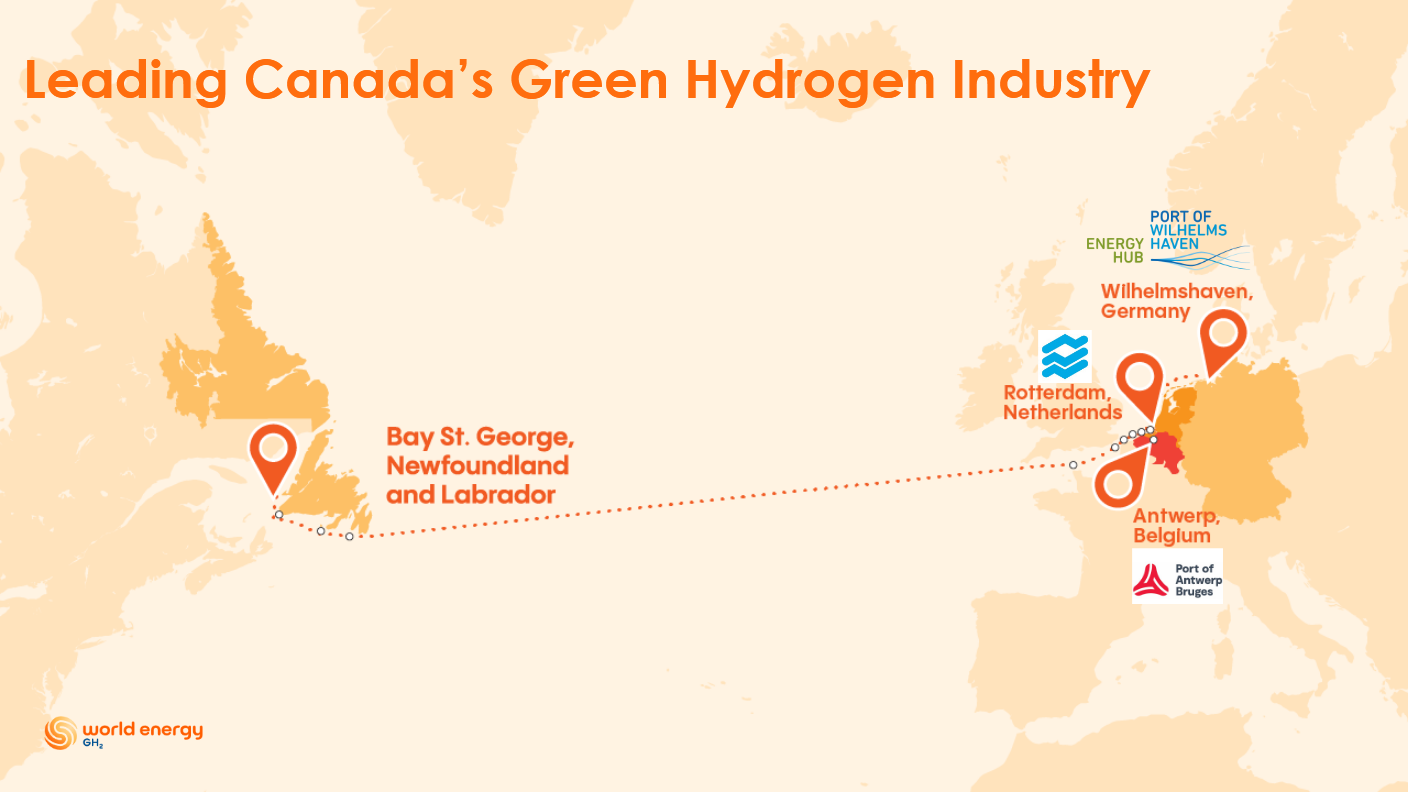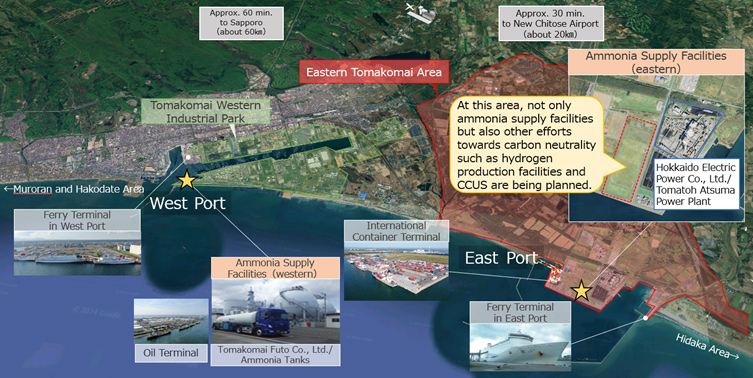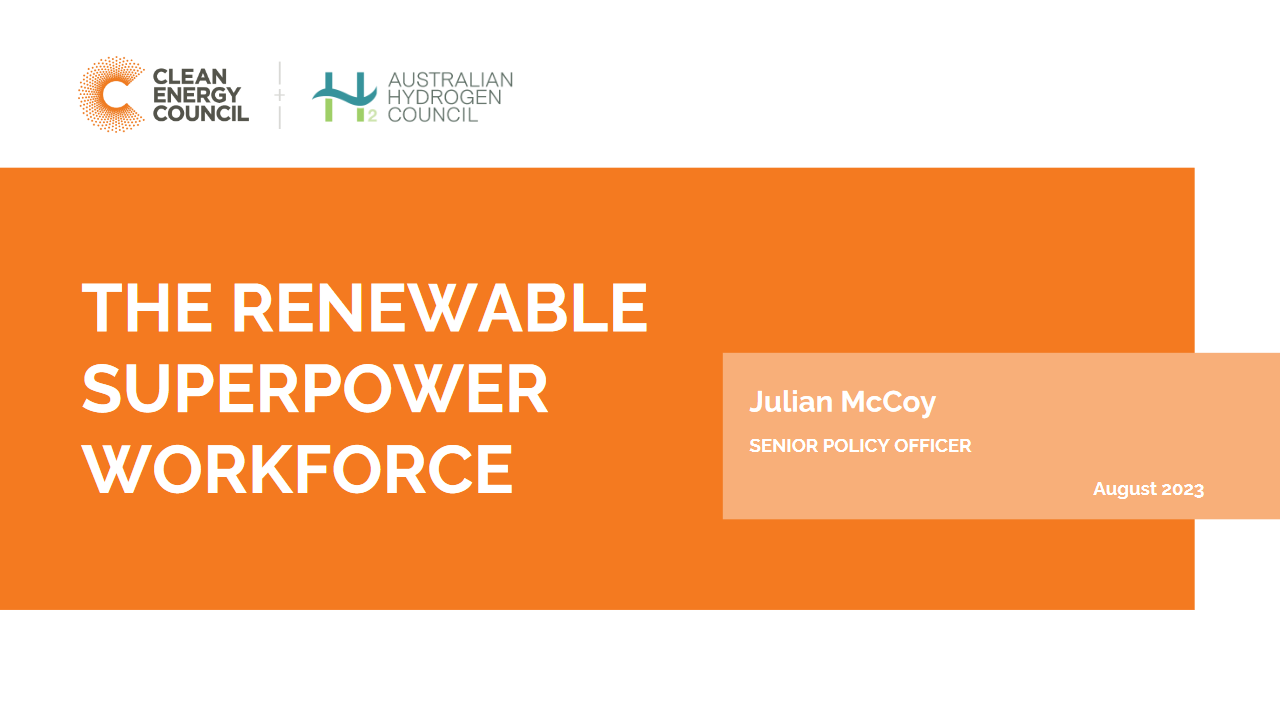IRENA: multi-commodity green trade flows by 2050
IRENA’s new market analysis forecasts a diverse landscape of commodity flows based on electrolytic hydrogen by 2050, with ammonia predicted to be both the most in-demand and the “most traded” of the hydrogen commodities. IRENA predicts flows of more than 100 million tons per year by mid-century, with major exporters to potentially include China and the USA.






